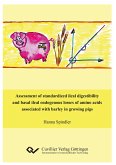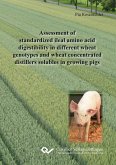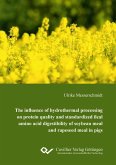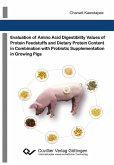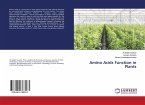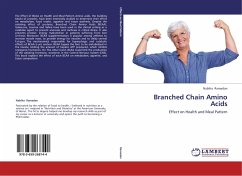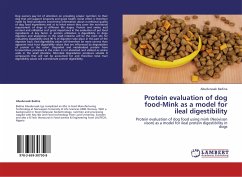Cereal grains, such as rye and triticale are a major source of energy in pig nutrition. The crude protein (CP) content in cereal grains is rather low compared to protein ingredients such as soybean meal. However, costs and availability of soybean meal are strongly correlated with the price development of agricultural commodities on the world market. Therefore, swine producers will make increasing efforts to use protein from locally produced cereal grains more efficiently to reduce feed costs. Measurements of apparent (AID) and standardized ileal digestibility (SID) of CP and AA are frequently used to estimate the amounts of absorbable AA from the diet which are used for pigs¿ metabolic processes. However, until now there is limited data on SID of CP and AA in rye and triticale, particularly in new genotypes. Therefore, one objective of the present work was to determine the variation in nutritional composition and SID of CP and AA of 8 currently available rye and 8 triticale genotypes. Standardized ileal digestibility of CP and most AA between the 8 assayed genotypes of both rye and triticale did not differ. Furthermore, average SID values of CP and AA of both rye and triticale in the present experiment were lower when compared to values of rye and triticale published in current feed tables. Thus, future research should clarify, whether these differences in comparison to feed tables are caused by experimental conditions or reflect a consistent decrease that need to be accounted for in feed tables.


